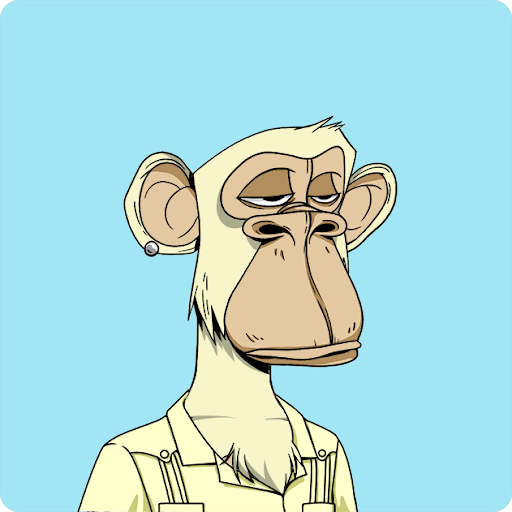The one year anniversary of Hashmasks is coming up and it feels like a good time to reflect on how NFTs have grown in the last twelve months.
For many of today’s NFT collectors, Hashmasks was the first project to attract their attention. The volume of social media chatter about the masks made them unavoidable. The astronomical prices the rarest pieces were fetching challenged DeFi’s centrality to cryptocurrency. The secondary ERC20 token that was emitted by each mask gestured toward new models for NFTs.
As 2021 progressed, the frenzy over Hashmasks subsided and many other exceptional projects arose—such as, Bored Apes, the first to flip CryptoPunks. Today’s NFT scene is broad and deep. So much so that it is is barely possible to keep up even for aficionados.
NFTs in 2022 are so much more than profile pictures. To understand the breadth of projects out there it is useful to categorize the ways NFTs are now being used.
Here are just a few examples:
VitaDAO uses NFTs to acquire intellectual property rights to longevity research.
CityDAO uses NFTs to grant citizenship and governance over a land in Wyoming.
Artists like Ghozali Ghozalo use NFTs to sell their art directly to collectors.
Andre Cronje, a key architect of DeFi, is using NFTs to distribute control over the recently announced ve(3,3) protocol.
For projects like Pudgy Penguins, NFTs are a social community.
Akon, a musician, has vowed to release his next album as an NFT.
The list could go on, but the point is clear: NFTs are no longer just for collectors of generative profile pictures—today, there is something for everyone from musicians to city builders.




